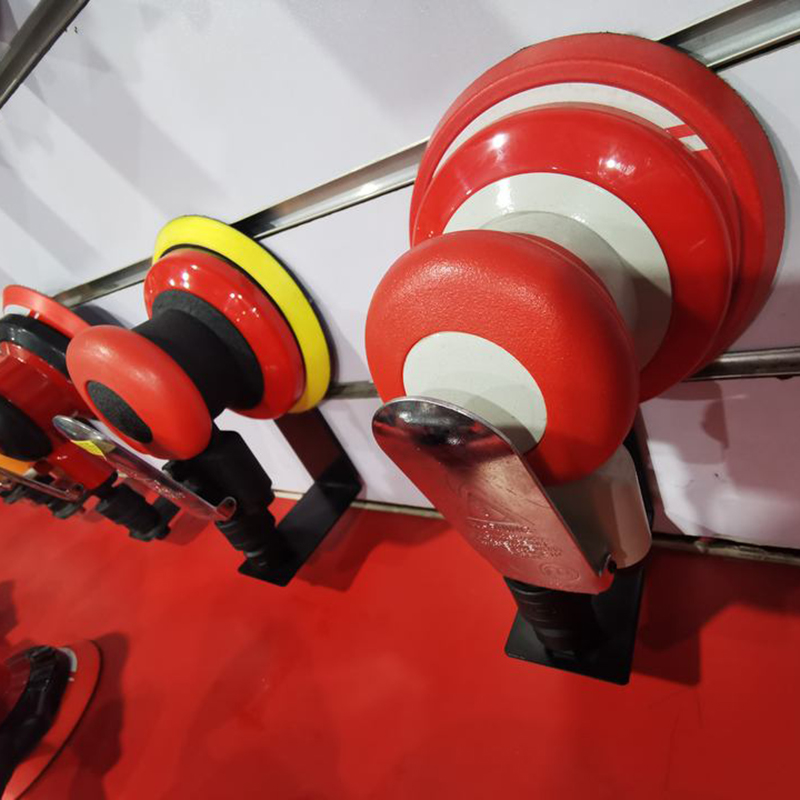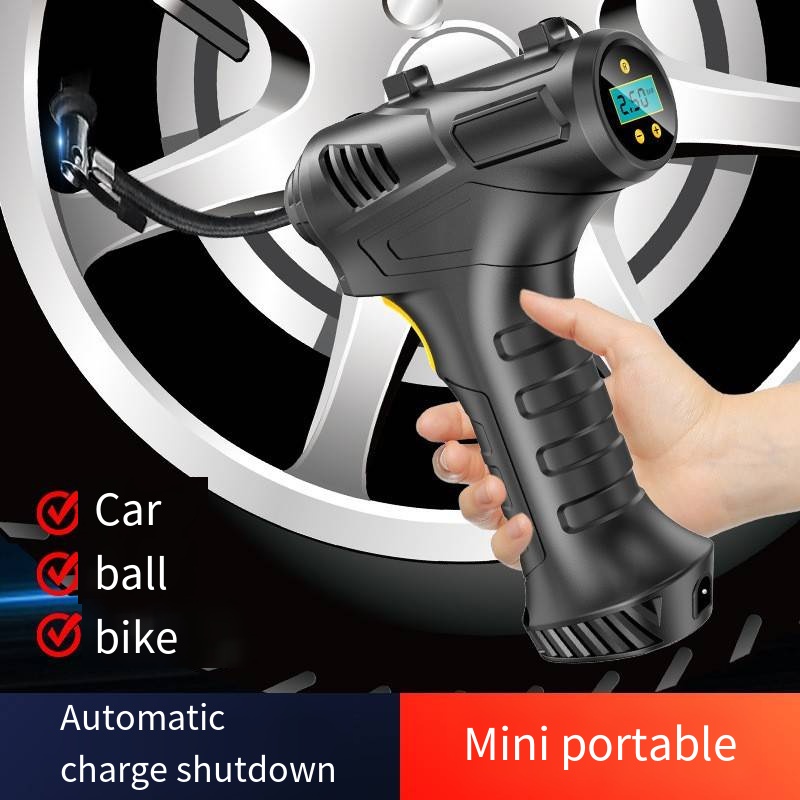Introduction: Pneumatic sanders, also known as air sanders, are versatile power tools that utilize compressed air to create a smooth and uniform finish on various surfaces. With their ability to handle different sanding tasks, pneumatic sanders have become a popular choice among professionals and DIY enthusiasts alike. This article provides an overview of pneumatic sanders, their types, applications, and advantages.
Types of Pneumatic Sanders:
- Random Orbital Sander: The random orbital sander is one of the most common types of pneumatic sanders. It combines both rotary and orbital motions to deliver a swirl-free sanding action. The random movement of the sanding pad reduces the risk of creating visible scratch patterns on the surface.
- Palm Sander: As the name suggests, palm sanders are designed to fit comfortably in the palm of the hand. They feature a small sanding pad and are ideal for detail sanding and working on tight or curved surfaces.
- Belt Sander: Pneumatic belt sanders are equipped with a continuous loop of sanding belt, which moves in a linear motion. They are primarily used for removing stock and shaping wood or metal surfaces quickly.
- Inline Sander: Inline sanders have a long, narrow design, with the sanding pad situated in a straight line with the handle. These sanders are suitable for reaching into tight spaces and performing precise sanding tasks.
Applications of Pneumatic Sanders: Pneumatic sanders find applications in various industries and tasks, including:
- Woodworking: Pneumatic sanders are widely used in woodworking for smoothing rough surfaces, removing paint or varnish, and preparing wood for finishing. They are effective in sanding large wooden panels, furniture, and intricate carvings.
- Metalworking: Pneumatic sanders are employed in metalworking processes to remove rust, burrs, and imperfections from metal surfaces. They are commonly used in automotive workshops, fabrication shops, and metal furniture manufacturing.
- Automotive Refinishing: Pneumatic sanders play a crucial role in automotive refinishing, including the preparation of surfaces for painting or clear coating. They can remove old paint layers, smooth out body filler, and achieve a flawless finish.
Advantages of Pneumatic Sanders: Pneumatic sanders offer several advantages over their electric counterparts:
- Power and Efficiency: Pneumatic sanders are known for their high power-to-weight ratio, delivering consistent and efficient sanding performance. The use of compressed air allows for continuous and reliable operation, making them suitable for heavy-duty applications.
- Versatility: Pneumatic sanders support various grit sizes and sanding discs, enabling users to tackle a wide range of sanding tasks. They can handle different materials such as wood, metal, plastic, and composites.
- Lightweight and Ergonomic: Pneumatic sanders are generally lighter than electric sanders, reducing operator fatigue during extended use. The ergonomic designs and comfortable grips enhance control and maneuverability.
- Durability: Pneumatic sanders are built to withstand demanding work environments. They have fewer moving parts compared to electric sanders, making them less prone to wear and tear.
Conclusion: Pneumatic sanders are valuable tools for achieving smooth and professional finishes on various surfaces. With their versatility, power, and efficiency, they have become indispensable in woodworking, metalworking, and automotive industries. Whether you’re a professional craftsman or a DIY enthusiast, a pneumatic sander can greatly enhance your sanding capabilities and improve the quality of your projects.





